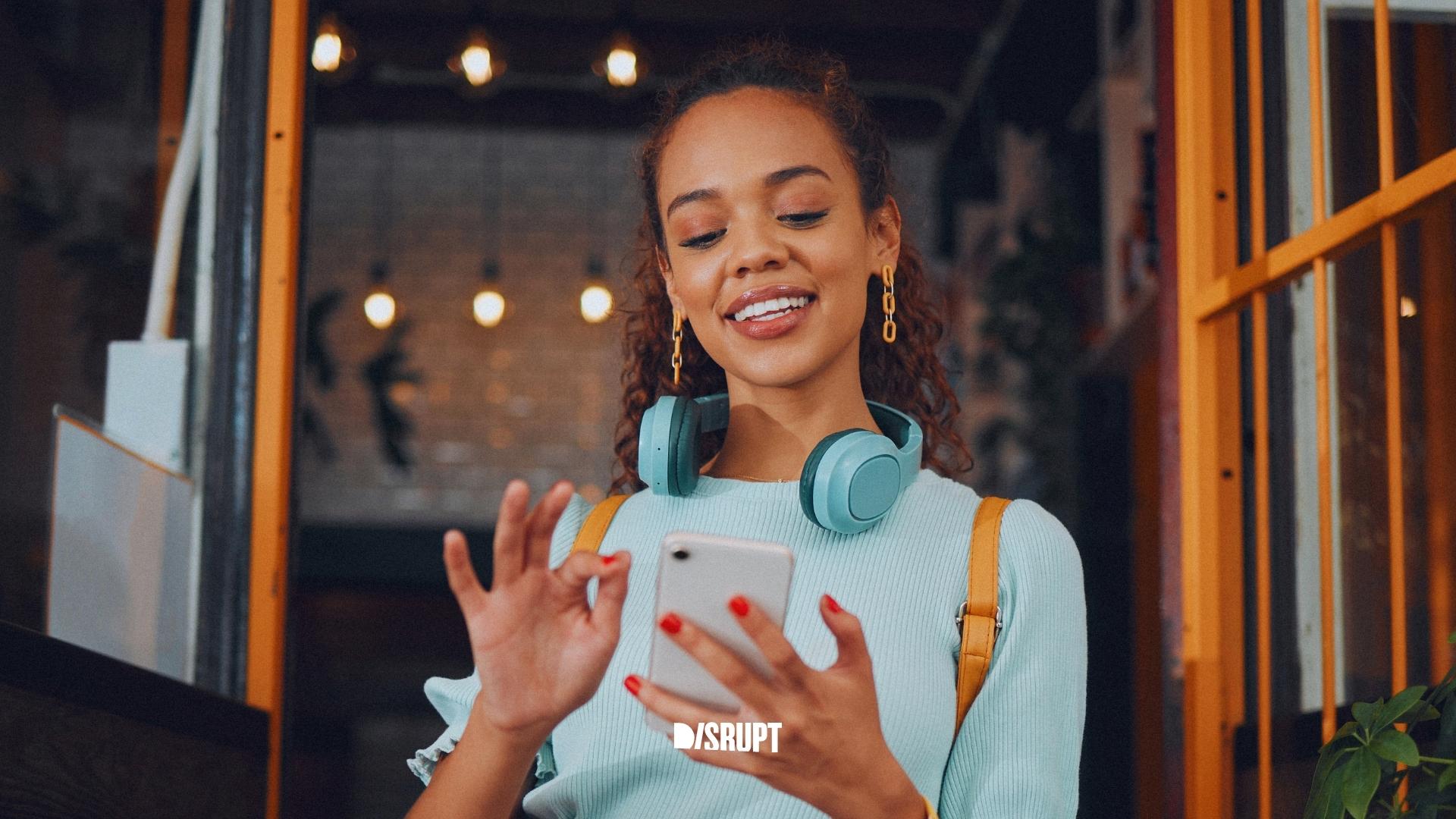
INFLUENCER STRATEGY: CHOOSING AN INFLUENCER PLATFORM
When it comes to influencer marketing campaigns, choosing the right social media platforms is crucial. With so many options available, it’s important to understand which platforms are best suited for your brand and how to effectively utilize them.
In this blog post, we’ll explore different social media platforms and provide insights on how to make the right decisions for your influencer strategies.
Where to start
The type of content you want to create and the nature of your brand or product play a significant role in determining the most suitable social media platforms for your campaigns. If your product or brand is not physical, Instagram stories can play a key part in getting that storytelling across and with 500 million people using stories daily, it can achieve great reach. YouTube integrations are also a great way for an influencer to talk about a brand in a natural way within a wider video.
For brands with physical products, visual platforms like Instagram grid posts, reels, TikToks, and YouTube videos are ideal. Studies show that 70% of Gen Z find product videos and photos helpful when making purchasing decisions, so visually appealing content should be a priority.
If your brand falls within the gaming or music space, live stream service Twitch is worth considering. Approximately 80% of Twitch users approve of streamers doing sponsorships. While the platform may have a more niche audience, it can be a valuable channel for reaching specific markets.
Objectives and Call to Action
Clearly defining your objectives and desired call to action is essential for effective influencer marketing. Are you aiming to increase brand awareness, drive traffic to your website, or promote a specific product? Once you establish your goals, you can determine the best platforms to showcase your content.
For directing traffic, Instagram stories and YouTube are ideal. On stories, the link is easy for people to click and they don’t need to leave the content to find it. What about grid posts I hear you ask? Sadly Instagram doesn’t have a feature that allows hyperlinking in captions so the user would need to copy and paste that link into their browser to access. This might not seem like a big task but people are a lot less likely to do it.
YouTube does allow hyperlinks in video descriptions and also has the advantage of being longform content, meaning they have time to explain why people should be clicking on that link.
For brand awareness, there is much more flexibility as there are so many ways to do this. Instagram reels can gain a lot of impressions if the ad is engaging enough, the same goes for TikTok. 67% of respondents from a recent survey use Instagram for influencer marketing, but there has been a colossal increase in TikTok influencer marketing.
Know Your Audience
Understanding your target audience is crucial for selecting the right social media platforms. Factors such as age, consumer type, gender, and audience interests can help determine where your content should be sitting.
TikTok has gained immense popularity among Gen Z, making it an ideal platform for targeting this demographic.
Instagram is popular with most ages but more so millennials; with the largest age share being 25-34 year olds (30.9%). The great thing is that there are so many features on the platform now so users don’t really need to leave the app anymore. If your target audience is more general, this is the platform for you.
While Facebook is often overlooked by creators, it can still be valuable for reaching an older demographic or families. However, the reach on Facebook may be smaller compared to other platforms. It’s worth considering as a bonus option if your product is targeted at families or your brand is very niche. This can be seen in our work with collectibles brand Fanhome.
The same goes for Twitter. While Twitter can be hugely beneficial within brand social media strategies, it is less so for influencer marketing. Again, content would usually be duplicated as Twitter is not really image focused. However, one way to utilise this platform is partnering with a high-profile creator or celeb and getting them to create a short snappy tweet (hyperlinks are available for tweets too). This can be good if you have an event you want people to attend for example.
Social Media Platform Checklist
- Objectives: Clearly define your campaign objectives. Are you aiming to build brand awareness, drive website traffic, increase sales, or reach a specific target audience? Understanding your goals will help you align them with the features and capabilities of different social media platforms.
- Target Audience: Identify your target audience’s demographics, interests, and preferences. Research which social media platforms are most popular among your target audience. Choose a platform that allows you to connect with influencers who have a significant reach within your target market.
- Platform Features: Evaluate the features and functionalities offered by each social media platform. Consider factors such as audience demographics, engagement levels, content formats (images, videos, stories), advertising options, and influencer collaboration tools. Ensure the platform’s features align with your campaign goals.
- Influencer Database: Research the availability and diversity of influencers on each social media platform. Look for platforms that have a wide range of influencers relevant to your niche or industry. A comprehensive influencer marketplace increases your chances of finding the right influencers for your campaigns.
- Influencer Verification: Authenticity is crucial in influencer marketing. Check whether the social media platform has a system in place to verify influencers’ authenticity and engagement. Choose a platform that ensures you partner with influencers who can deliver the desired results.
- Content Format: Consider the content formats that resonate with your target audience. Some platforms focus on visual content (Instagram, TikTok), while others prioritize longer-form content (YouTube, Facebook). Select a platform that aligns with your brand’s content strategy and resonates with your audience.
- Reach and Engagement: Evaluate the reach and engagement levels of each social media platform. Look for platforms with high user activity, where influencers can effectively engage with their audience. Platforms with a higher engagement rate offer better opportunities for successful influencer collaborations.
- Advertising Options: Assess the advertising options available on each social media platform. Some platforms offer robust advertising features that can amplify your influencer campaigns. Consider whether the platform allows for sponsored posts, promoted content, or targeted ads to enhance your reach.
- Analytics and Insights: To measure the success of your influencer campaigns, access to analytics and insights is crucial. Look for platforms that provide comprehensive metrics, such as reach, engagement, conversions, and audience demographics. Analytics will help you track the performance of your campaigns and optimize them for better results.
- Platform Policies: Review the policies and guidelines of each social media platform. Ensure they align with your brand values and campaign requirements. Consider factors like content restrictions, disclosure guidelines, and community guidelines to ensure compliance and brand safety.
What Now?
Choosing the right social media platforms for your influencer marketing campaigns is essential for success. Consider the type of content you want to create, your objectives, and your target audience when making your selection. Additionally, don’t forget to leverage the strengths of each platform to maximize your campaign’s effectiveness. By taking these factors into account, you can create impactful influencer strategies and reach your desired audience.
Those are our top points to consider when choosing the platform to run your campaigns. When working with an Agency like Disrupt, we may also ask questions such as, is your brand e-commerce? Are there any influencers you have on your wishlist? Do you have existing materials for influencers to use (logos etc)? All of this information helps us help you! We’ll guide you through the process and help you make the most out of your brand collaborations.
Get in touch today.







